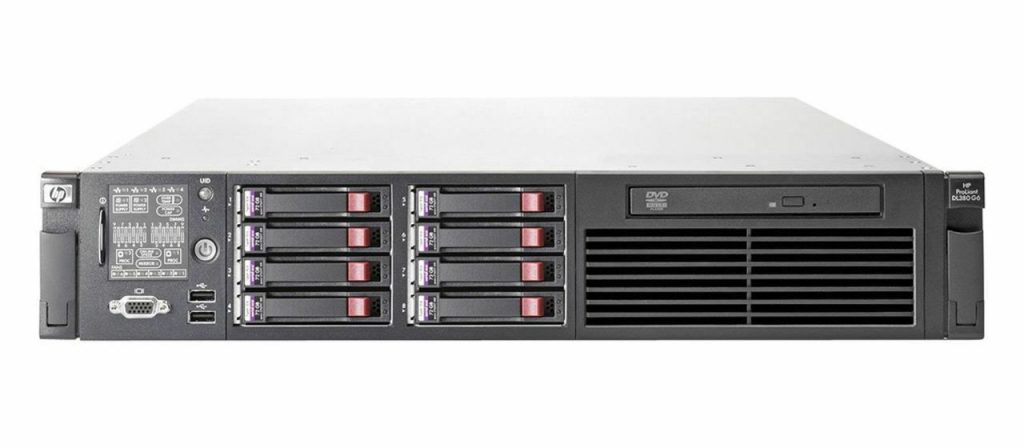Today, we want to write about another successful data recovery case from a damaged RAID array. The drive failure of the server, causing data loss, severely impacted the business’s operations. Yesterday, we successfully recovered the business file server from a RAID 5 with 2 failed drives configured on the HP ProLiant ML380 G6 server.
The cause of the failure of the logical RAID server volume was a mechanical failure of 2 hard drives. The RAID volume was configured using three hard disk drives. The customer wanted us to recover data stored on the D partition of the HP ProLiant server. The users of the organization used the central shared files on this partition. Therefore, there were lots of documents and various file formats.
HP Proliant not Detecting Hard Drives
The model of the server was HP ProLiant ML380 G6 not powering on. It is a reliable server if you configure and maintain it correctly. It is possible to extend its capabilities by installing lots of RAM, hard drives, and up to 2 Xeon Processors.
The RAID controller installed on this server was an HP Smart Array P410i. It supports such RAID configurations as RAID 0, RAID 1, RAID 5, and RAID 50 array configuration.
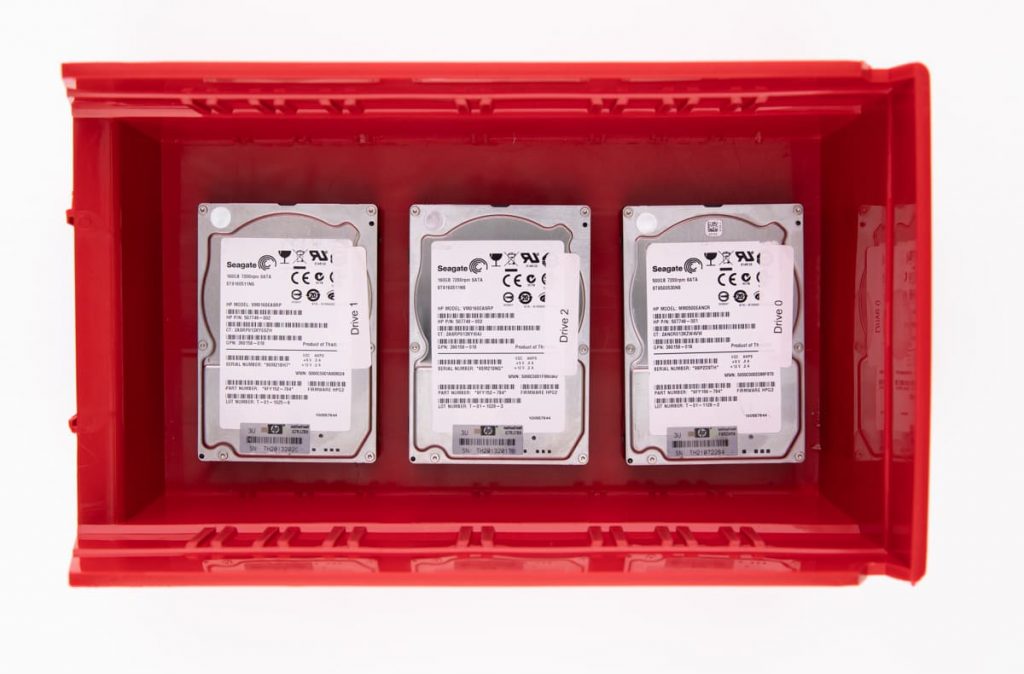
The hard drives connected to the server were SATA ones. HP server also supports SAS drives, but the customer, for some reason, chose cheaper drives. Unfortunately, the SATA hard drives are less reliable than the SAS hard drives. Still, these hard drives have taken this company about five years. Overall, it is an excellent lifetime period for SATA hard disk drives.
"*" indicates required fields
Evaluation of HP Proliant Server not Detecting Hard Drives
All three hard drives were connected to the professional diagnostics tool and tested thoroughly. Unfortunately, all the hard drives were very noisy, the reading speed was an average of 5MB-10MB per second, and there were many bad sectors.
Seeing that the hard drives have physical issues, we could not run data analysis tasks to identify the RAID types and evaluate the chances of the data recovery process. The further we run heavy analysis tasks directly on the hard drives, the higher the chances of clicking and scraping the surfaces.
Bit-by-Bit Cloning of the HP Proliant Hard Drive not Detected
Thus, we decided to clone the hard drives to a binary image and continue to work with the binary files. This way, we prevented the risk of damaging source devices.
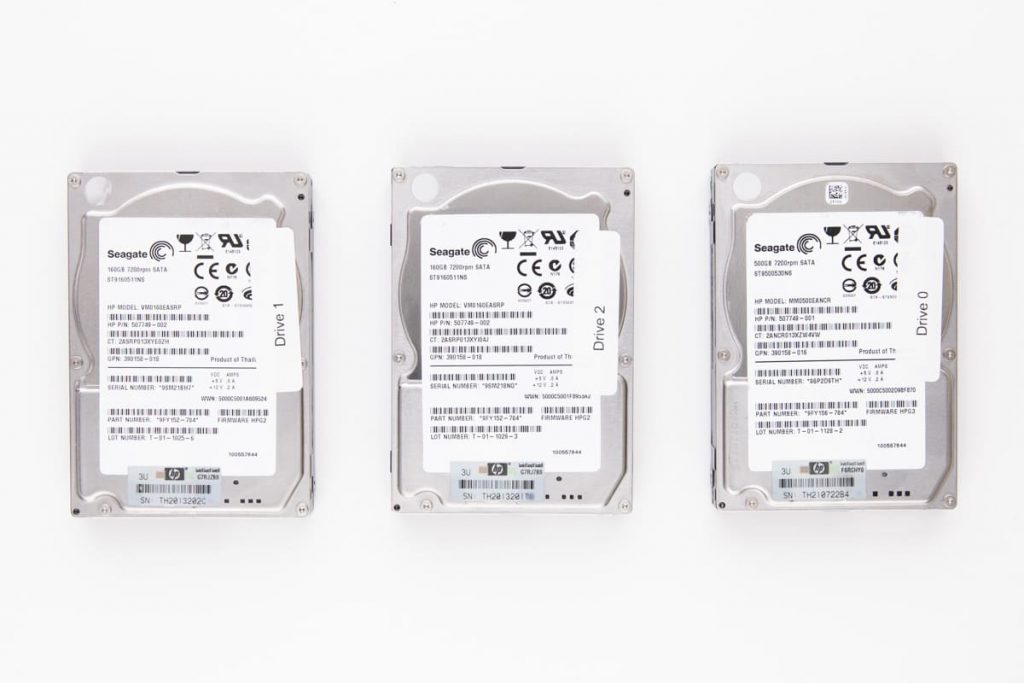
In this case, the hard drives’ size was insignificant, and it did not take much time to clone the hard drives.
The cloning process might have taken days, but the data recovery case was time-sensitive with high-capacity hard drives. The capacity of the hard disk drives was not the same. 2 were 160GB, and one was 500 GB. We expected two hard drives with the same capacity to be either RAID 1 or RAID 0 array. However, further analysis denied this expectation.
How We Recover Recover RAID 5 Server - Our HP Server RAID 5 Recovery
RAID 0 and RAID 1 configurations do not use parity blocks, but RAID 5 does. We focused on RAID 5, not RAID 6 because the controller does not support the RAID 6 array type. The entropy analysis on each hard drive using the correct block size and drive count revealed positive results. We understood these hard drives were configured as RAID 5 volume with 128 sector block size and 16 block delays.
Once you have a complete copy of each RAID member and precise RAID parameters, it is easy to set up the logical volume using any RAID server data recovery software. But there is one crucial thing to consider. If one of the RAID members stopped working long ago, using this hard drive to construct the logical volume will result in damaged files.
It is essential to work only RAID member drives with new data in them. Using the advanced RAID recovery software, our engineers could construct the logical volume and copy all the customer data from the D partition to the USB external hard drive. There was no need to restore the server as the customer used a new server with new SAS hard drives.
File Verification for a RAID 5 Server Data Recovery
After finalizing HP RAID 5 recovery, we performed a verification session for the client. He connected to our computer and reviewed all the recovered data. The customer was highly satisfied with the result, as all the high priority files were recovered from the RAID 5 array.
After all the restored data was approved, we transferred them to the client via a cloud. With a 99% success rate, we closed the RAID 5 2 drives failed recovery case.
If you are facing a loss on your data storage device due to a failed disk, corrupt drive in the array, or any other reason, contact us. We will gladly recover data from the RAID level, rebuilding the RAID into working condition. Contact us for a reliable recovery service, and we will help you.
Frequently Asked Questions
What are the common causes of RAID 5 data loss on the HP ProLiant ML380 G6 Server?
Common causes of RAID 5 data loss include multiple drive failures, controller card failures, human error, accidental file deletion, and corruption of the RAID configuration.
Can I attempt DIY data recovery for RAID 5 on this server?
Attempting DIY data recovery on a RAID 5 configuration, especially on a server like the HP ProLiant ML380 G6, is not advisable. RAID data recovery requires specialized knowledge, tools, and expertise. Any mistakes during DIY attempts can lead to permanent data loss.
How do I know if my RAID 5 array on the HP ProLiant ML380 G6 has failed?
Common signs of a RAID 5 failure include error messages during boot-up, the system not recognizing the RAID array, missing files or data, or an abnormal status in the RAID management software. If you suspect a RAID failure, it’s best to shut down the system and seek professional help.
What steps should I take if I suspect a RAID 5 failure on my HP ProLiant ML380 G6 Server?
If you suspect a RAID 5 failure, avoid any further attempts to rebuild or repair the array. Shut down the server and contact a professional data recovery service like PITS Global Data Recovery Services for a thorough assessment and recovery plan.
How long does RAID 5 data recovery for the HP ProLiant ML380 G6 Server typically take?
The time required for RAID 5 data recovery varies depending on the complexity of the issue and the amount of data to be recovered. PITS Global Data Recovery Services aims to provide efficient services to minimize downtime.
Related Case Studies
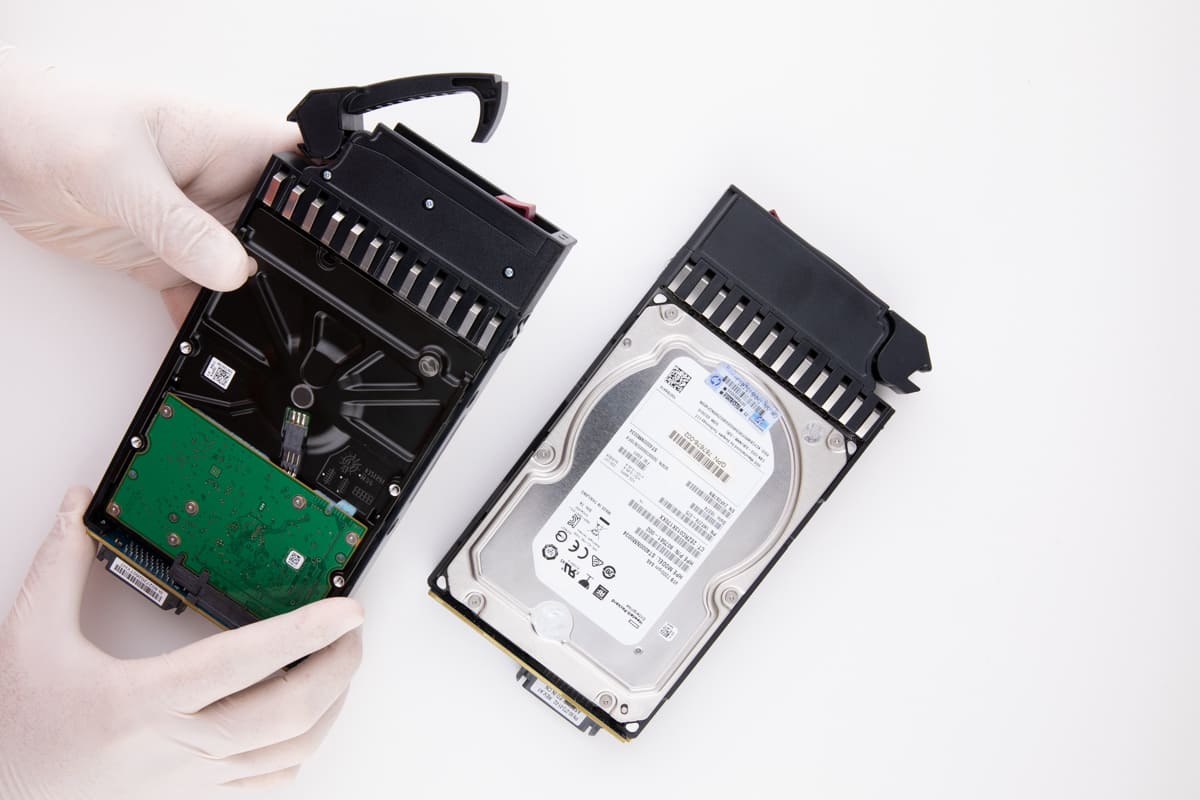
Rescuing Decades of Data: Hospital RAID 6 Recovery Case
Our skilled engineers were able to restore crucial data for a medical company in need. Discover the techniques and tools we used.
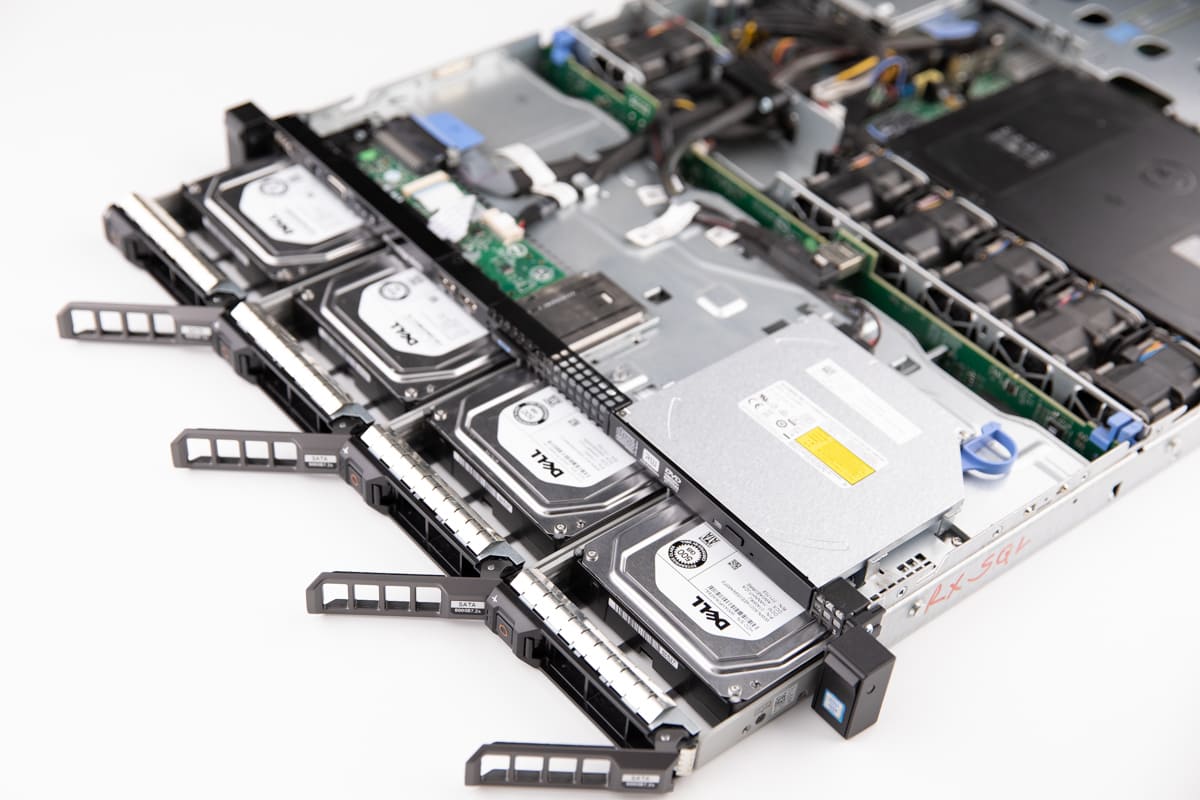
Data Recovery from RAID 10 / Dell PowerEdge R430
Our data recovery engineers have recently recovered Dell PoweEdge RAID 10 array and restored lost data. Click to learn more about the case.
